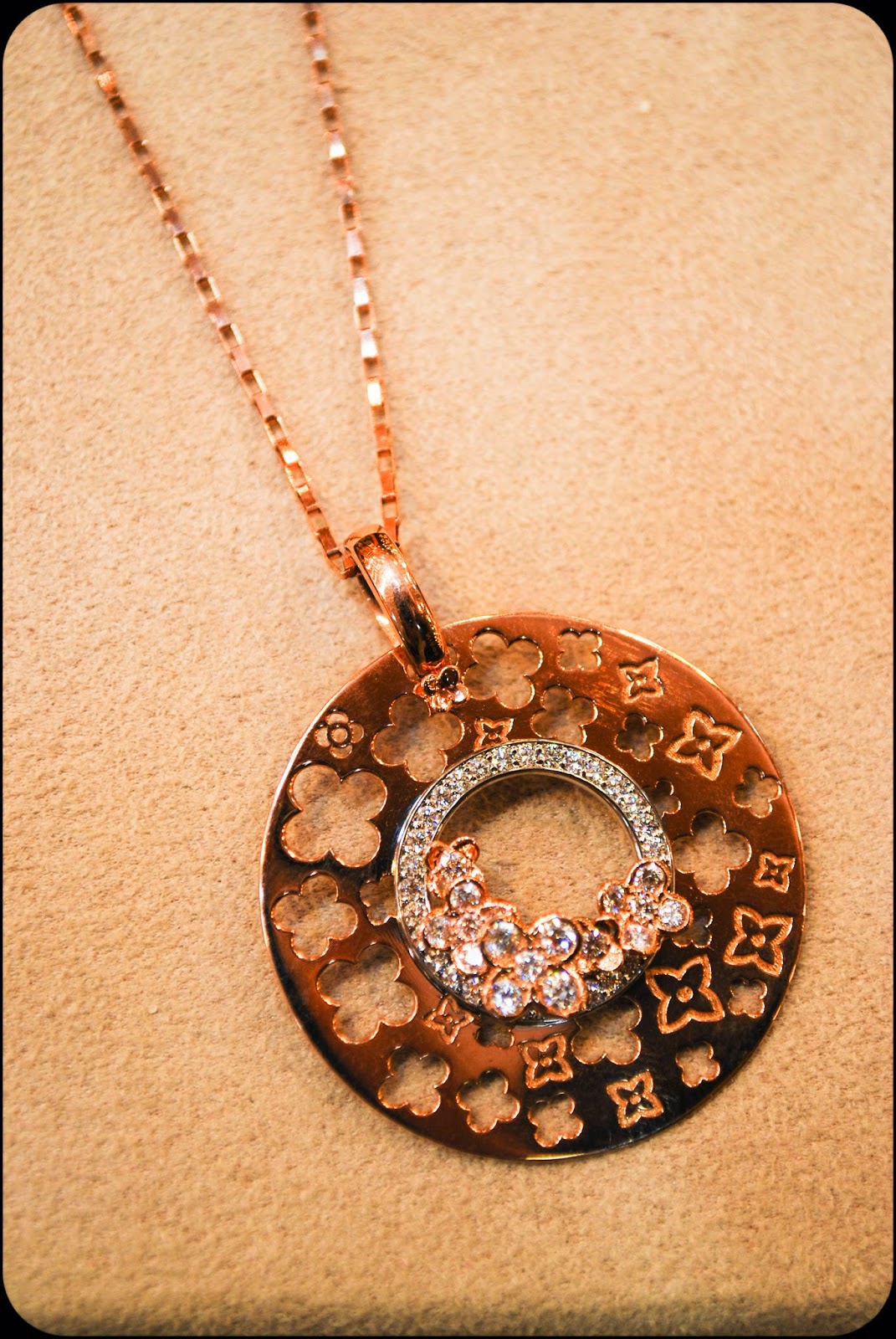This post
of ‘Jewel
Affair’ will talk about an extremely interesting subject which is
stone setting. Stone setting can be described as an art of securely setting
gemstones into an ornament. It can be said that it is comparatively easy for a
designer to sketch a design, but the real challenge is to bring life to that
design. This can be accomplished when one decides what settings will be applied
to that design to transform it into an exquisite piece of jewelry.
There
are many variations of stone settings but in this post we will be going through
the most important and commonly used ones.
Bezel
setting:
Bezel
is the earliest known technique of stone setting. It can be described as a
strip of metal which is bent and fashioned according to the shape and size of
the stone. And the girdle or the edge of the stone is seated on this metal
strip. The metal extends slightly above the stone and the extended part is
pressed over the stone to secure it. This type of setting is most commonly seen
in ornaments made for astrological purposes.
A square
or a rectangular bezel is often termed as Box setting.
Prong
setting:
In
this method a metal socket or a collet is prepared and from this socket the
metal is projected. This projection overlaps the edge of the stone and secures
it to the setting. Prong setting is the most commonly used setting because it
uses the least amount of metal to secure the stone and this reason in return
brings out the brilliance of the gemstone a lot more. There are different kinds
of prongs made like square, emerald, Navette, and Tiffany. This setting is
popularly known as open setting.
Channel
setting:
In
channel setting the stones are set usually between two metal ridges running
parallel to each other. The sides of the mounting grip or hold the outer edges
of the stones. And also in between two stones there is no metal present.
Bead
setting:
In
this method of stone setting holes are drilled on a metal base and depressions
are formed with the help of a tool according to the size of the stones. And
then prongs are made with the help of a beading tool and the stones are pushed
in. then the prongs are pressed over the stones for securing them.
Pave`
setting:
Pave`
is a word of French origin, derived from ‘paver’. This is a type of bead setting in which
as many stones as possible are set very close to each other to show the minimum
amount of metal.
Gypsy
/Flush setting:
This
is a modification of bezel setting. In this the stones are set with their
girdle completely covered. A metal seat is cut out in the shank and the edges
are burnished over the stone. The stone looks roughly flushed with the surface.
This setting is gaining importance in contemporary jewelry.
Illusion
setting:
Illusion
setting is a kind of prong setting which is used to create an illusion that a stone
or a cluster of stones is larger than what it actually is. A metal surrounding
metal ring is created to diffuse the sharp outline of the stone. When a cluster
of stones are set in this manner it gives an illusion of a solitaire.
Invisible
setting:
This
setting was introduced by one of the most prestigious jewelry houses of France-
Van Cleef &Arples in 1935. In this setting stones with parallel edges can
be set on a surface without the metal being visible. It appears as if nothing
is holding the stones in place. But, the stones are secured with metal grids on
their undersides in which each stone is fitted and held with small grooves.
Pressure
setting:
In
pressure setting seven or more diamonds are used. The center stones is
surrounded and held by the other stones. In this setting the circumference of
the stones is very important because the slightest difference may cause them to
fall off. This setting is also somewhat like illusion setting. It generally
creates the illusion of a solitaire and this is what makes this setting so
popular.
Tension
setting:
In this
setting a stone can be set with the pressure/tension of metal surfaces. The stone
seems to be suspending only with the pressure of the metal enforced on it. But actually, grooves are created on the metal
surfaces for the stone to rest. But for this particular setting the security of
the stone is highly debatable.
 |
| TENSION SETTING Picture Courtesy: Sri Krishna Diamonds & Jewellery |
Closed
setting:
Closed
setting is used when one intends to have metal behind the stone so that the
lower part of the stone is not visible. This is done in order to prevent any
dust particles from getting collected around the stone. This setting is done
with 22k gold and is extremely popular in southern parts of India.
There are
various other settings like Fishtail setting, Micro-pave`, Bar and Scallops
which are gaining importance gradually.
One would
conclude by saying that these settings are the fundamental building blocks of
Jewelry design. Being well versed with the technicalities of these settings
help you in creating practical and beautiful designs.
















